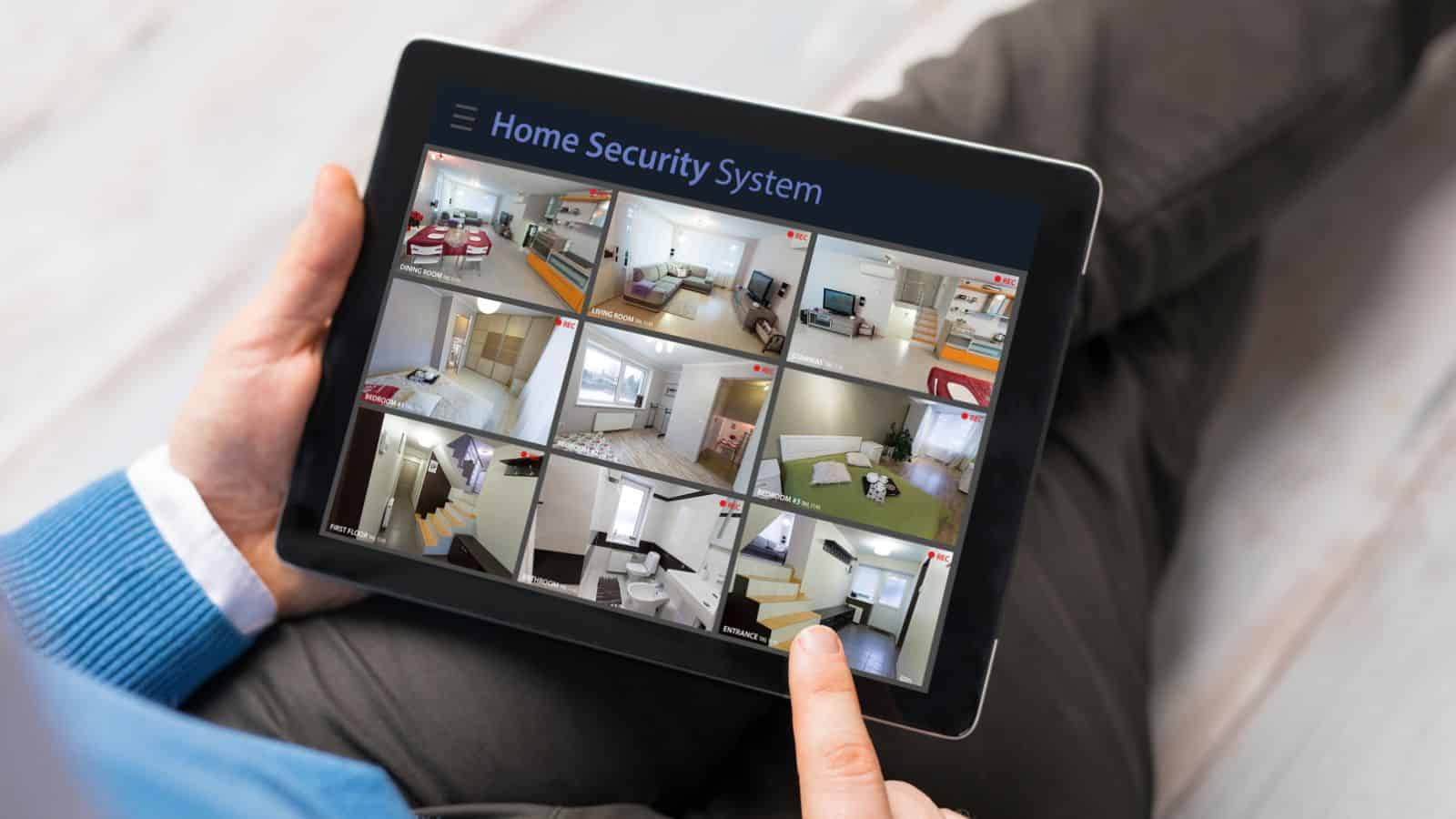The gap between society’s haves and have-nots never seems to narrow. The middle class often takes for granted certain privileges that many people living in poverty simply can’t access. These advantages range from financial stability to opportunities that improve quality of life.
Let’s take a look at the resources and options that those struggling to make ends meet can usuall only dream of.
Homeownership

To own a home is a hallmark of middle-class stability, providing security and a sense of accomplishment. For the poor, however, homeownership is often out of reach due to high costs, low wages, and the inability to save for a down payment. Instead, many rely on renting, where rising prices and unstable leases create constant uncertainty.
Access to Quality Healthcare

Employer-sponsored health insurance or the means to afford better coverage is sometimes taken for granted by the middle class. It provides access to preventive care, specialists, and necessary treatments without devastating financial consequences. For those living in poverty, healthcare can be an unaffordable luxury.
Many rely on underfunded public programs or avoid seeking medical help altogether due to the high costs. Lack of healthcare directly impacts the poor’s quality of life and longevity.
Emergency Savings

Do you have money put away for a rainy day? Having an emergency fund is a significant middle-class advantage. It provides a safety net for unexpected expenses like car repairs, medical bills, or job loss. For the poor, living paycheck to paycheck leaves little room to save, turning unexpected costs into a financial crisis.
Stable Employment

The security of knowing your job won’t disappear overnight is a significant privilege that the poor rarely experience. Middle-class workers usually have stable jobs with benefits, paid time off, and predictable schedules. This stability allows them to plan for the future and maintain a better work-life balance.
By contrast, low-income workers are too often stuck in precarious positions with irregular hours, lack of benefits, and the constant threat of layoffs.
Higher Education Opportunities

A college education is often a gateway to better opportunities, but for low-income families, the cost is a major barrier. Middle-class families can typically afford tuition, either through savings or access to loans with favorable terms. For the poor, college can feel like an impossible dream, with many forced to forgo higher education in favor of getting a job.
Affordable Childcare

Middle-class families are more likely to afford high-quality childcare, allowing parents to work without worrying about their kids’ well-being. Access to reliable daycare or after-school programs also provides developmental benefits for children.
Poor families often face impossible choices: paying for expensive childcare that consumes most of their income, leaving kids in unlicensed care, or sacrificing a parent’s job to stay home.
Vacations and Travel

A vacation is a chance to relax and create cherished memories for middle-class families. Whether it’s a weekend getaway or an international trip, these experiences enrich life. For the poor, even a modest vacation can be out of reach. The cost of transportation, lodging, and lost wages makes travel an unattainable luxury.
Owning a Reliable Car

For low-income individuals, owning a car may mean driving an unreliable vehicle or going without one altogether. Middle-class families, on the other hand, can afford reliable vehicles, giving them the freedom to travel easily for work, school, and leisure. They can maintain their cars and upgrade when necessary.
Lack of a reliable car limits access to better job opportunities and forces reliance on often inadequate public transportation for the poor.
Saving for Retirement

Low wages leave no room to save, and many poor people are forced to work well past retirement age just to survive. Middle-class workers, on the other hand, often have access to employer-sponsored retirement plans like 401(k)s or pensions, allowing them to build a secure future. They can also contribute to personal savings accounts to ensure comfort in their later years.
Access to Healthy Food

Fresh, quality food means healthy means, but only for some. Middle-class families can afford to buy the best groceries from quality stores. They also have the time and resources to cook meals at home. Poor families, however, often live in food deserts, where fresh produce is hard to find, or rely on inexpensive processed foods to stretch their budgets.
Better Schools for Children

The gap in educational quality widens the divide between classes. Middle-class families often live in neighborhoods with well-funded public schools or can afford private education. This gives their children access to better teachers, extracurricular activities, and resources that set them up for success.
For low-income families, underfunded schools with fewer opportunities are often the only option, affecting long-term opportunities for children born into poverty.
Mental Health Support

With insurance coverage or the means to pay out of pocket, the middle class can seek therapy, counseling, or psychiatric care. For the poor, mental health support is often inaccessible due to cost or lack of available services in their area. The stigma surrounding mental health also disproportionately affects low-income communities.
Home Security Systems

The privilege of feeling safe in your own home is something the middle class may take for granted. Many invest in home security systems to protect their property and loved ones, providing peace of mind and acting as a deterrent against crime. For low-income families, the cost of installation and monthly fees makes home security unaffordable.
Leisure and Hobbies

Hobbies and leisure activities tend to be a middle-class preserve. They usually have the time and money to pursue sports, arts and crafts, providing a sense of fulfilment and relaxation. For the poor, the focus is often on meeting basic needs, leaving little spare cash or desire for other activities that could otherwise contribute to their well-being and happiness.
Financial Literacy

The privilege of understanding and controlling one’s finances is an advantage of middle-class life. Better-off families often have access to resources that improve their financial literacy, such as budgeting tools, financial advisors, and education on investing. This knowledge helps them manage money effectively and build wealth. For those in poverty, financial literacy resources are often limited or inaccessible. Without guidance, they may struggle with high-interest loans or poor credit management.
Work-Life Balance

Stable jobs with reasonable hours and paid time off enable middle-class workers to achieve a healthy work-life balance. This allows them to spend quality time with family, pursue hobbies, or simply rest. For the poor, long hours, multiple jobs, and unpredictable schedules make achieving balance nearly impossible. The stress of constant work to make ends meet leaves little room for relaxation or personal time.
Access to Credit

For the poor, limited access to credit often means turning to predatory lenders or payday loans with high interest rates. This lack of affordable credit options traps many in a cycle of debt. Middle-class families are more likely to have good credit scores, making loans and credit cards more affordable. Better access to credit with favorable terms enables them to finance major purchases or cover emergencies.
